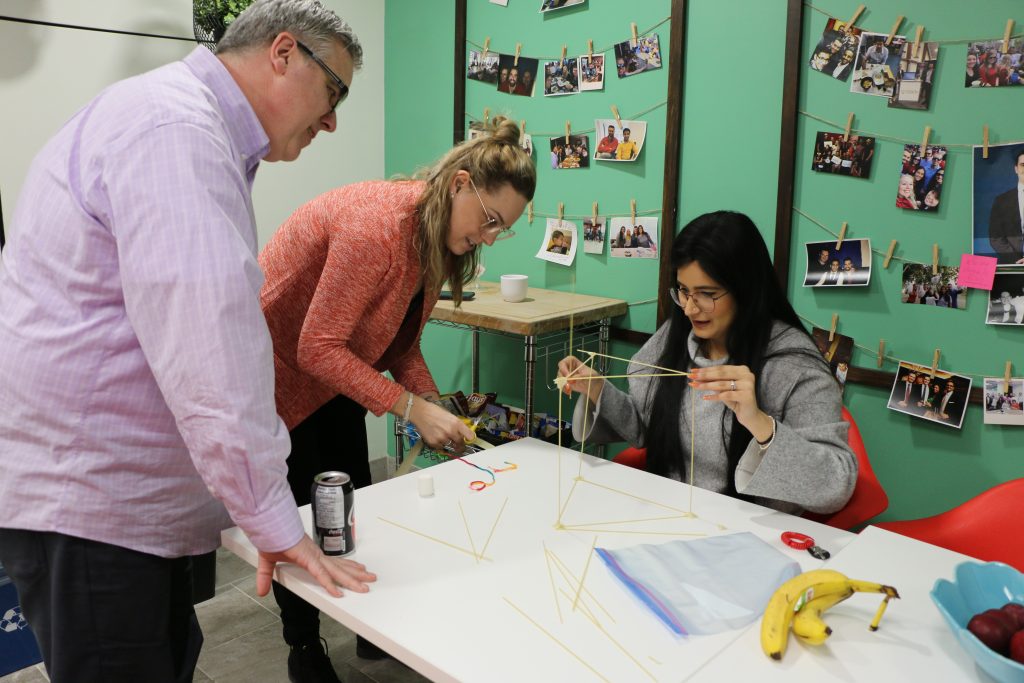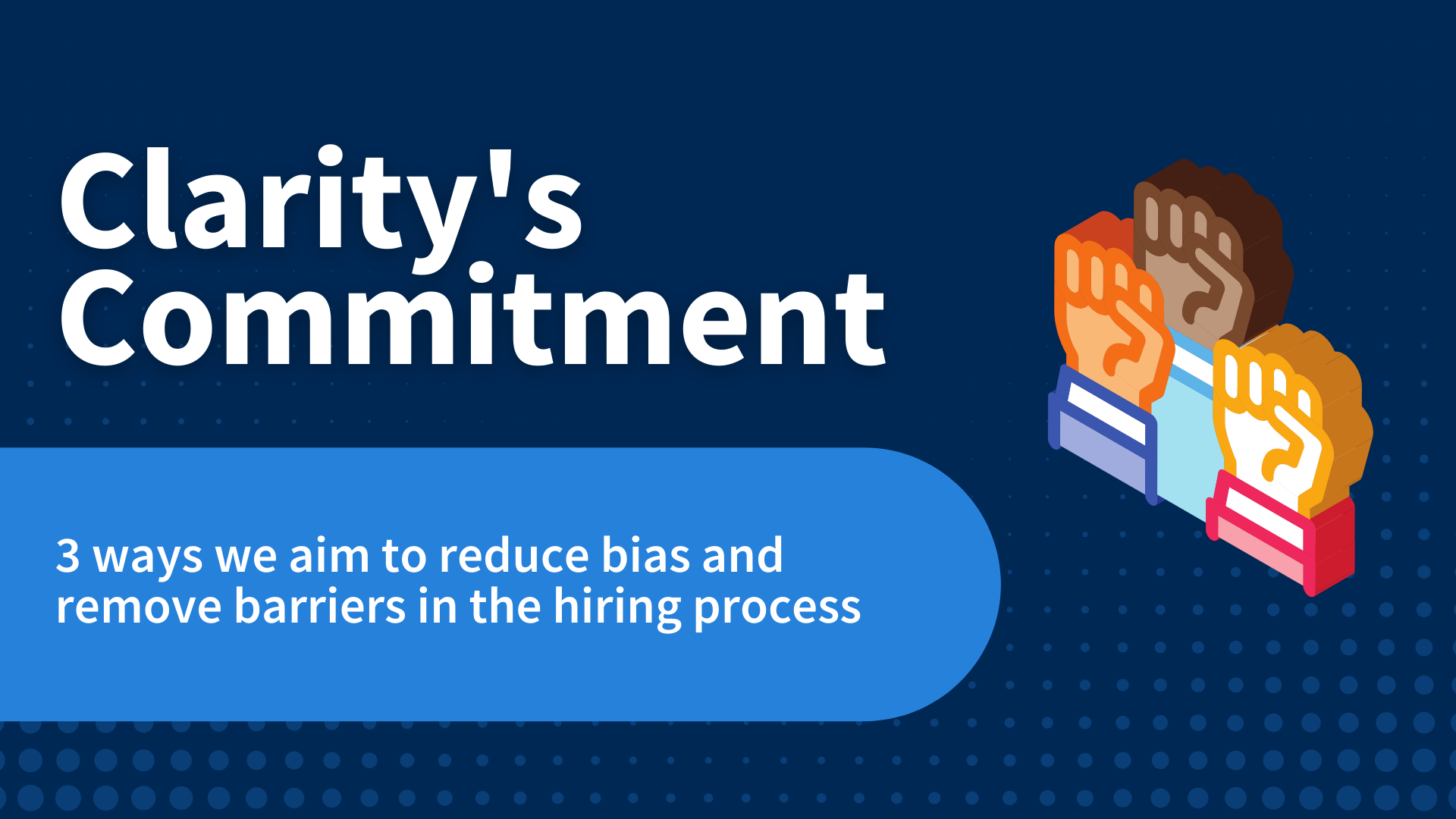What A Little Spaghetti Taught Us About Innovation
 There’s a famous 18-minute Spaghetti Tower Challenge that results in some pretty neat revelations around Teamwork and Innovation. You may have heard about it. I first came across it in The Culture Code: The Secrets of Highly Successful Groups by Daniel Coyle. I sensed this would be a worthy challenge to run at our office. When I floated this with some smart people I know, they asked – Which professional facilitator are you bringing in to lead the workshop? I told them it was just me.
There’s a famous 18-minute Spaghetti Tower Challenge that results in some pretty neat revelations around Teamwork and Innovation. You may have heard about it. I first came across it in The Culture Code: The Secrets of Highly Successful Groups by Daniel Coyle. I sensed this would be a worthy challenge to run at our office. When I floated this with some smart people I know, they asked – Which professional facilitator are you bringing in to lead the workshop? I told them it was just me.
🔆Hint: you can easily do this at work too, and if you’re a parent like me, you can do it with your kids!
We run regular internal learning events at Clarity Recruitment – not just around hiring, recruitment and the domain of Finance & Accounting, but also across other topics like the Benefits of Keto and Mindfulness Everyday. Some of our Lunch & Learns I really find fascinating are on topics like Habits, Decision Making and Cognitive Biases.
Fast forward to the day of the event…
We all gathered in our boardroom and I announced that this would be a Lunch & Learn with a twist. It would hands-on and not presentation format.
I assigned everyone into groups of 4-5:
- Recruiters
- Engagement Managers (Sales)
- Leadership Team + Executive Admin
- Hybrid of everyone else
🔆Hint: I could have randomly assigned groups, but it’s more interesting to assign in some sort of grouping (imho) once you see the results. Keep group sizes to 3-5.
Then I announced what was involved and how to play:


Sounds easy and fun, right?
I set an 18-minute timer on my iPhone and each group got to work. One team strategized about doing something like the Dubai structure, another team developed a scaffold by all holding up spaghetti pieces which looked like a game of arm-Twister, and someone from Sales licked his marshmallow (and I had to get their team a new one). There was definitely a healthy, competitive spirit and lots of engagement across all teams.
With 5 minutes left on the clock, the Recruiters decided to hedge their bets and build a simple but sturdy structure that looked like this. Would it be enough to beat out the rest?

The Leadership/EA team had the highest structure but didn’t test out their marshmallow until the last few minutes, only to witness a total collapse. The same happened to the Sales team and the Hybrid group!
The Recruiters were victorious with the only standing structure capping in at 9 inches high. Go Recruitment Team go! 🥂🎆🙌🏽
What We Learned
After the challenge, we did a short debrief that I sourced from Hyper Island where we discussed:
- How did we work as a group?
- What role did I take? How did I contribute? Is there anything I held off from doing? Why?
- Who took on the leadership in the group? How did it manifest in different moments?
- What did I learn about myself and my behaviour? About other people and their behaviour? About the behaviour of groups?
- What insights can I take from this experience that I could apply in other contexts?
This experiment/challenge/game/workshop/study has actually been run hundreds (if not thousands) of times around the world. Out of the following groups, which ones do you think consistently rank Top 3?
- CEOs of Fortune 500 Companies
- CEOs & Executive Admins
- Recent MBA Graduates
- Kindergarten Kids
- Architects & Engineers
Well, the answer will surprise you.
*
*
*
*
*
*
*
It’s not CEOs or MBAs.
Architects & Engineers are Number #1. This is probably a good thing, they should have the sound structural knowledge as we’d hope!
CEOs with their Executive Admins are Number #2. Executive Admins seem to manage the process effectively and therefore see far better results.
Kindergarten Kids consistently rank Number #3, which is the most interesting finding. Kids naturally prototype with the marshmallow early on to discover what works and as Tom Wujec jokes in his famous TedTalk on this challenge, they don’t spend any time trying to be CEO of Spaghetti Inc.
Kids do better than business students. MBAs seem wired to find the single right path and they run out of time to try a different method.
By doing this exercise, you will experience first-hand the power of the principles and mindsets below (sourced from the Institue of Design at Standford):
- Radical Collaboration: Shared Experiences, Common Language
- Bias to Action
- Build to Think
- Take a Lean Approach, Be Agile
- Failing Fast
- Prototyping matters: Test and Iterate
You also learn that the Marshmallow is a metaphor for the hidden assumptions of a project (it looks light and fluffy but it’s much heavier than you expect). You get far down a path with an assumption and you don’t have enough time left to try a different approach.
Conclusion
I highly recommend you give this challenge a try at work, home or school. There are some crazy examples online of structures others have tried (like these ones below). My hope is that this “marshmallow” exercise will have a lingering effect on our team and encourage us all to prototype, test and iterate in the journey of building mastery when it comes to the world of hiring and recruitment!

I’m curious, have you ever done the Spaghetti Marshmallow challenge or anything similar? How did it go? Let me know in the Comment section!
__________
Naomi Choi is the Head of Product and Marketing at Clarity. Connect with her on LinkedIn.
Clarity is a recruitment agency specializing in the placement of designated Accountants and Finance professionals in the GTA and Vancouver. Our mission is to improve decision-making in hiring by investing in behavioural science and hiring technology. We specialize in finance and accounting recruitment, project & interim resourcing and executive search for high growth companies. Connect
Subscribe to our newsletter and follow us on LinkedIn to stay updated on articles, research and job opportunities.



